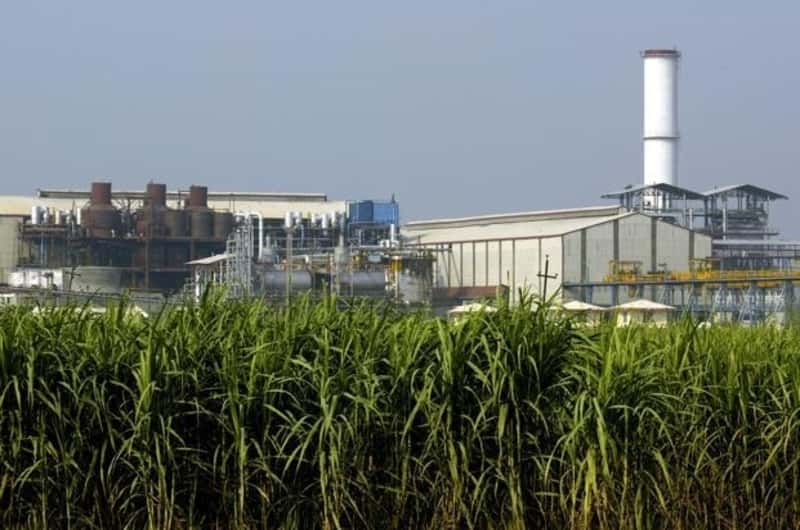Rai Group plans to put a 30 kilometre power line between its sugar factory in Kakamega County and its paper mill in Webuye, which will enable the paper mill tap into excess electricity produced at the sugar factory.
It will be among the first companies that take advantage of the recently enacted Energy Act 2019, which liberalises some aspects of the power industry such as the transmission and distribution of power. These have previously a preserve of the Kenya Electricity Transmission Company (Ketraco) and Kenya Power.
Read More
In an environmental impact report filed with the National Environmental Management Authority (Nema) as it seeks approvals, the company said it would be exporting power from its West Kenya Sugar factory in Kakamega County to its Rai Paper Mills in Webuye, Bungoma County.
The Rai Group, which acquired the paper mill from the government in 2016, said the 66 kilovolt (kV) transmission line will cut across different parts of the two counties including roads and in some instances areas where Kenya Power already has transmission lines.
“At the West Kenya Sugar factory, the company has established a 12MW power generation plant using waste cane fibre (also known as bagasse) as fuel. This generation supplies West Kenya Sugar factory with a power demand of 5MW while the balance of 7MW is unutilised,” said the company.
The firm adds that it plans to double the generation capacity at the sugar factory to 24MW, while scale-up the paper mills so that its electricity demand goes up to 14MW from 3.5MW.
“The company has a plan to set up a second generator of 12MW thus making a generation capacity of 24MW. The company has ongoing plans to expand the Rai Paper Mills factory that will increase demand to 14MW,” said the ESIA report.
The company expects to spend Sh331 million in setting the transmission line. It plans to export some of the excess power to the national electricity grid.
“The overall power generated from the infrastructure will be used for running the two factories (West Kenya Sugar factory and Rai Paper Mills) and the balance will be exported to the National grid,” said the company.
“The power balance of 5MW after internal consumption will be exported to the national grid. A plan is in progress at West Kenya Sugar factory to establish the interconnection to the national grid and subsequent purchase of power by the national up taker, Kenya Power.”
The route that the Rai Group proposed to use also has the national electricity grid that Kenya Power uses in the distribution of electricity to its customers. It noted that it would be cautious to minimise the impact on the grid.
“The Proponent shall therefore engage and seek authority from the Kenya National Highway Authority (Kenha) to construct the line on the road reserve. Where the road reserve may not be adequate, permission shall be sought from adjacent landowners to grant right of way as may be necessary,” said the ESIA report
“Key among the measures to be undertaken is ensuring that the proposed line is on its own trace and adequately spaced with parallel KPLC grid lines, use of underground cables at crossings and clearly labelling all the poles of the proposed line.”
The firm noted that while the manufacturing sector’s access to cheap and affordable electricity is key driver for Kenya to achieve its dreams to be an industrialising country, high cost of power in the country had resulted in the sector being sluggish over the years.
“The high cost of inputs such as electricity has been a huge hindrance to the manufacturing sector,” said the firm.


